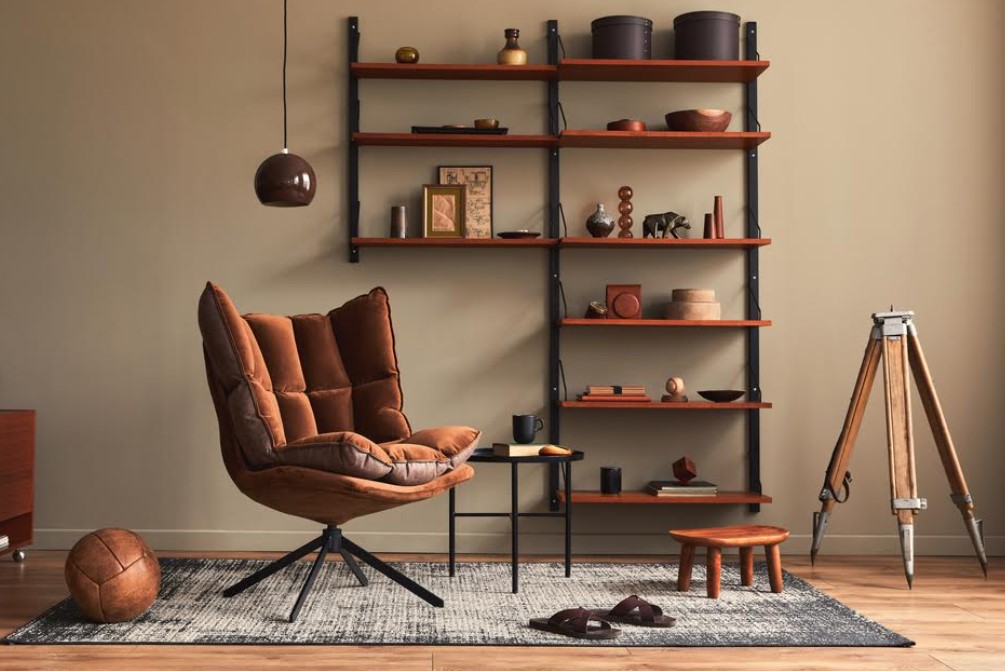Ask a dozen DIY home designers to define vintage home décor and you could easily get twelve different definitions. Some people equate vintage with antiques. Others see vintage home décor as more of a theme than a specific group of objects. The bottom line is that the vintage concept is fluid. It also evolves. It does so by design.
Jami Ray Vintage is a Lehi, Utah company with a passion for farmhouse vintage, modern farmhouse, and other vintage design styles. The company’s namesake, Jami Ray explains that ‘vintage’ is more a philosophy than a particular style or design era.
It is a philosophy in the sense that the vintage decorator chooses a specific era or theme and then makes every effort to ensure that each decorative item, each piece of furniture, etc. fits with that chosen era or theme. Farmhouse vintage is a splendid example. It is based on decorating according to what a late 19th-century American farmhouse would look like.
Antiques Are Not Required
Some of the confusion surrounding vintage and antiques is a misunderstanding of antiques themselves. The generally accepted definition of an antique suggests that a piece must be at least a hundred years old. Anything less than that could still be vintage, but it wouldn’t be considered an antique.
This is to say that antiques are not required to decorate in a vintage style. They can be part of a style theme, but you could create a vintage decorating scheme in your home based on the 1930s and 40s Art Deco movement. Being that the movement didn’t occur more than a hundred years ago, any items from that period would not be considered antiques even though you’re using them to decorate your home in a vintage style.
Vintage Is Separate from Retro
As long as we are going to the trouble of distinguishing between antique and vintage, we should make a similar distinction between vintage and retro. A vintage item is generally from the time period in question. A retro item is not. Retro items are made in the current time or recent past but designed to pay homage to a previous era.
You could make a simple arts and crafts style dining room table to put in your Art Deco home. Because it was made in the modern era and only pays homage to the older movement, it is not genuine vintage. It’s retro. On the other hand, if you purchased a table built in 1930, you would have a vintage piece.
Vintage Décor Is About Cohesion
Central to the idea of vintage home décor is the idea of cohesion. Again, we can go back to farmhouse vintage to illustrate the point. In a genuine farmhouse vintage home, everything has a unified look. In the kitchen, you will find a natural wood table with a few chairs and maybe a bench. All of them will have been painted and distressed in order to make them look like turn-of-the-twentieth-century items.
Meanwhile, kitchen cabinetry is either genuinely old or made to look like the farmhouse vintage era. The home is decorated with era-appropriate items that may include things like tobacco baskets, wooden farmhouse crates, and even farming implements. Tying everything together is a remarkably simple paint scheme – usually white or some off-white shade.
Remember that the vintage concept evolves. Today, farmhouse vintage is in. Tomorrow it might be Depression-era vintage or postwar vintage. It evolves with the times because the culture keeps moving forward. Eventually, older vintage styles pass away and new ones take their place. That is how the vintage concept works. Evolution occurs by design.

